Low-impact cardio activities can help calm your anxious mind while gently energizing your body. You'll find relief through mindful walking in nature, swimming at a relaxed pace, or easy indoor cycling – all of which release tension-busting endorphins without overwhelming your system. These movements naturally regulate your breathing and lower stress hormones, creating a meditation-like state that quiets racing thoughts. Start with just 15-20 minutes of steady, rhythmic exercise while focusing on your breath and surroundings. As you incorporate these calming movements into your routine, you'll discover powerful tools for managing anxiety and finding inner peace.
Benefits of Low-Impact Movement

Low-impact movement offers significant mental health advantages while being gentle on your joints and muscles. When you engage in activities like walking, swimming, or gentle cycling, you'll release endorphins that help reduce stress hormones and promote a sense of well-being.
These exercises can lower your heart rate and blood pressure, creating a natural calming effect that helps manage anxiety symptoms. Unlike high-intensity workouts, low-impact cardio won't strain your body or trigger stress responses that might worsen anxiety.
You'll build cardiovascular fitness gradually while maintaining a comfortable breathing rhythm, which helps regulate your nervous system. The steady, rhythmic nature of these movements can serve as a form of moving meditation, allowing you to focus on the present moment rather than racing thoughts.
You'll also experience improved sleep quality, enhanced mood stability, and increased energy levels without the physical exhaustion that often comes with more intense exercise.
The accessibility of low-impact movement means you can maintain consistency in your routine, which is essential for long-term anxiety management. Additionally, you'll strengthen your muscles and improve flexibility while minimizing the risk of injury or physical stress.
Walking Through Nature
Walking through natural environments provides a uniquely powerful way to combine gentle exercise with the calming effects of outdoor spaces. When you stroll through parks, forests, or along nature trails, you'll engage multiple senses while keeping your heart rate at a manageable level.
The combination of fresh air, natural sounds, and green surroundings can greatly lower your cortisol levels and reduce anxiety symptoms. You don't need to walk far or fast to reap the benefits. Even a 15-minute nature walk can reset your nervous system and clear your mind.
Choose paths that feel comfortable and safe, and consider varying your routes to maintain interest. If you're near water features like streams or lakes, these locations often provide additional calming effects through their ambient sounds and negative ions.
To maximize the anxiety-reducing benefits, try practicing mindful walking. Focus on your breathing, notice the textures beneath your feet, and observe the subtle details in your surroundings.
You'll find that nature walks become more than just exercise – they're a form of moving meditation that can ground you during anxious moments.
Swimming for Mental Peace
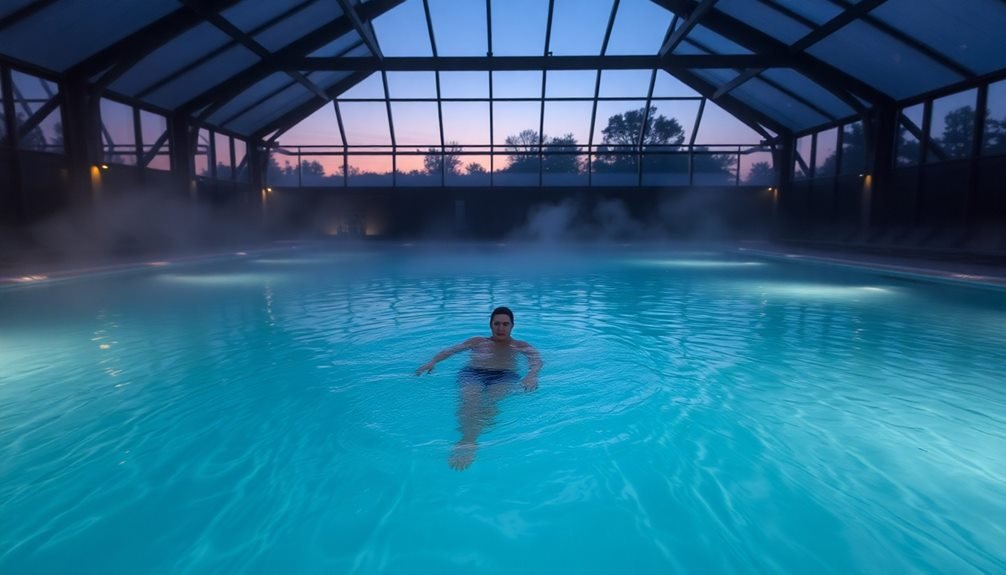
Moving from land to water, swimming offers a unique form of anxiety relief through gentle, full-body movement. The weightless sensation you'll experience in water naturally reduces physical tension, while the rhythmic breathing required for swimming helps regulate your nervous system.
When you're immersed in water, you'll find your body temperature naturally cooling, which can help lower stress hormones.
You don't need to be a competitive swimmer to benefit from this activity. Simply floating or doing basic strokes at your own pace can provide significant mental health benefits. The water's natural resistance offers a full-body workout without putting stress on your joints, and the repetitive motions of swimming create a meditation-like state that can quiet racing thoughts.
Consider starting with 20-minute sessions in a quiet pool, focusing on steady, controlled movements. You'll notice that the sound of water and the feeling of being suspended create a cocoon-like environment that blocks out external stimuli.
This sensory isolation, combined with the gentle exercise, makes swimming particularly effective for reducing anxiety symptoms and promoting mental clarity.
Gentle Indoor Cycling Options
Many people find indoor cycling to be an ideal anxiety-management tool, especially when approaching it with a gentler mindset. You'll discover that low-resistance cycling on a stationary bike can help calm your nervous system while maintaining steady movement that doesn't overwhelm your body or mind.
| Setting | Benefit | Mental Impact |
|---|---|---|
| Low Resistance | Builds confidence gradually | Creates sense of achievement |
| Steady Pace | Regulates breathing | Promotes mental clarity |
| Comfortable Position | Reduces physical tension | Eases emotional stress |
You don't need to push yourself to exhaustion to reap the anxiety-reducing benefits of indoor cycling. Start with just 10-15 minutes at a comfortable pace, focusing on your breathing and the rhythmic motion of your legs. If you're using a smart bike or cycling app, choose scenic routes or gentle training programs designed for beginners. Remember to adjust your seat and handlebar height properly to prevent any physical discomfort that might increase anxiety. You can even combine your cycling session with calming music or guided meditation apps to enhance the stress-reducing effects.
Creating Your Mindful Exercise Routine
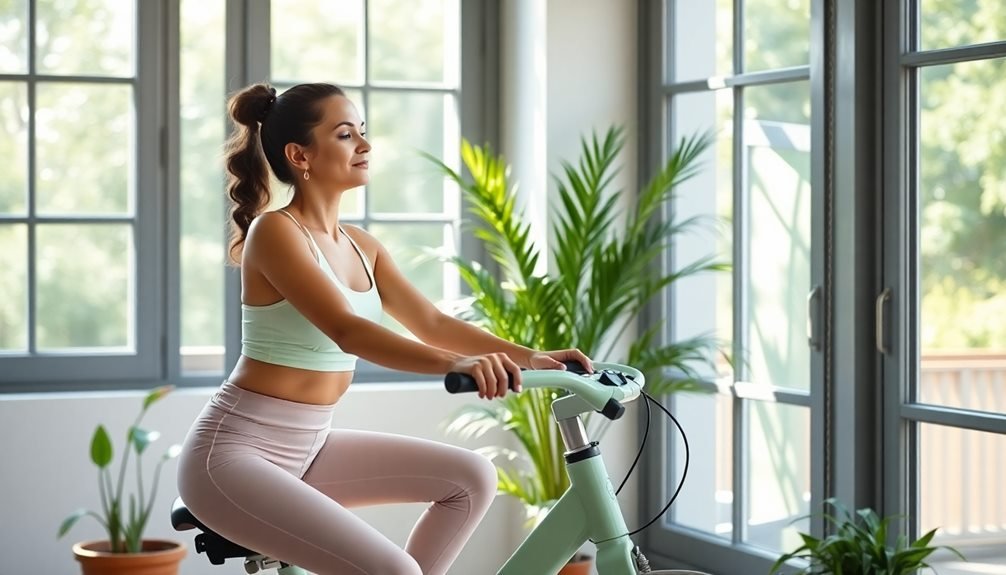
A successful mindful exercise routine combines intentional movement with mental awareness to maximize anxiety relief.
You'll want to establish a consistent schedule that fits naturally into your daily life, making it easier to maintain long-term commitment. Choose a time when you're least likely to face interruptions, whether that's early morning before work or during your lunch break.
When designing your routine, start with 20-30 minutes of low-impact movement, focusing on steady, rhythmic exercises that help quiet your mind. Remember to incorporate breathing exercises throughout your session, synchronizing your breath with your movements to enhance the calming effect.
- Begin with 5 minutes of gentle stretching, feeling each muscle lengthen and release tension while taking deep, measured breaths.
- Move into your chosen cardio activity (walking, cycling, or swimming) for 15-20 minutes, maintaining a comfortable pace that allows you to breathe easily.
- End with 5 minutes of mindful cool-down exercises, focusing on slowing your movements while scanning your body for reduced tension.
Track your anxiety levels before and after each session to identify which combinations of movement and timing work best for you.
Frequently Asked Questions
Can Anxiety Medication Affect My Ability to Perform Low-Impact Cardio Exercises?
Some anxiety medications can make you feel drowsy or dizzy during exercise. You'll want to talk with your doctor about how your specific medication might affect your workouts and get personalized safety recommendations.
How Long Should I Wait After Eating Before Starting Low-Impact Cardio?
You'll want to wait 2-3 hours after a large meal or 30-60 minutes after a small snack before exercising. If you're hungry, grab a light snack like a banana 30 minutes before starting.
Is It Normal to Feel More Anxious When First Starting Exercise?
Yes, it's completely normal to feel anxious when you first start exercising. Your body's releasing stress hormones and adjusting to new physical demands. Don't worry – these feelings typically decrease as you build a routine.
Should I Exercise During Panic Attacks or Wait Until They Pass?
During a panic attack, you'll want to wait until the intense symptoms pass. Once you're feeling more stable, try gentle movement like walking or stretching to help release tension and reset your system.
Can Low-Impact Cardio Help Reduce Nighttime Anxiety and Improve Sleep Quality?
Yes, you'll find that gentle cardio before bedtime can help calm your anxious thoughts and improve sleep quality. It releases stress-reducing endorphins and tires your body naturally, making it easier to rest peacefully.
In Summary
You'll find that low-impact cardio offers a perfect blend of physical and mental wellness benefits. When you're feeling overwhelmed, these gentle exercises become your daily sanctuary. Whether you choose a peaceful nature walk, a calming swim, or a relaxed cycling session, you're giving your anxious mind the movement it craves. Start small, stay consistent, and watch as these mindful activities transform your daily routine into moments of tranquility.
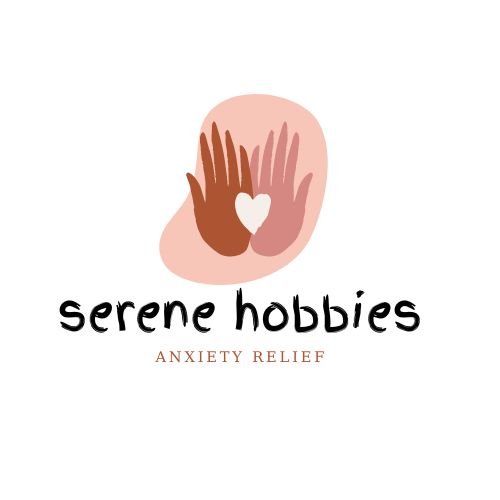
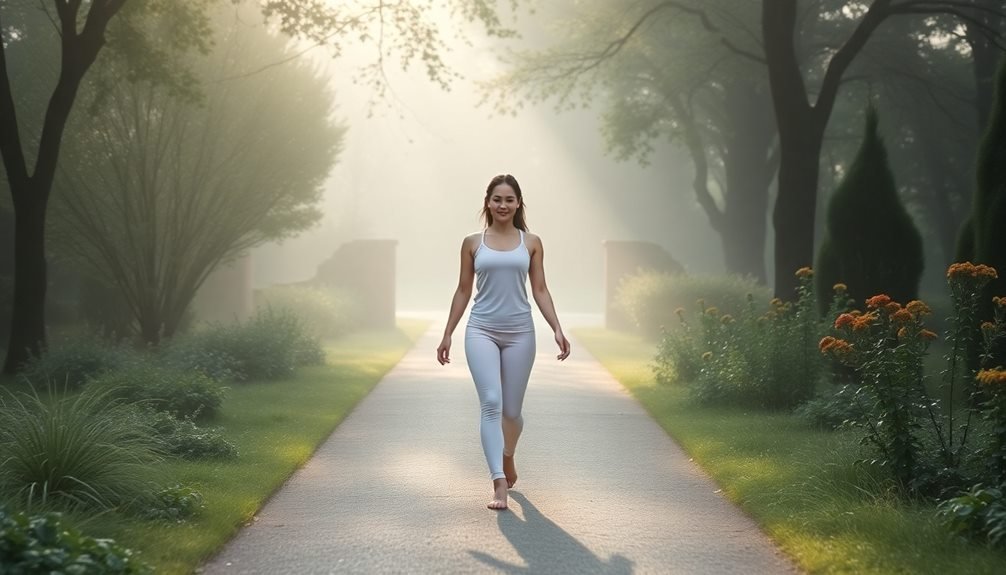
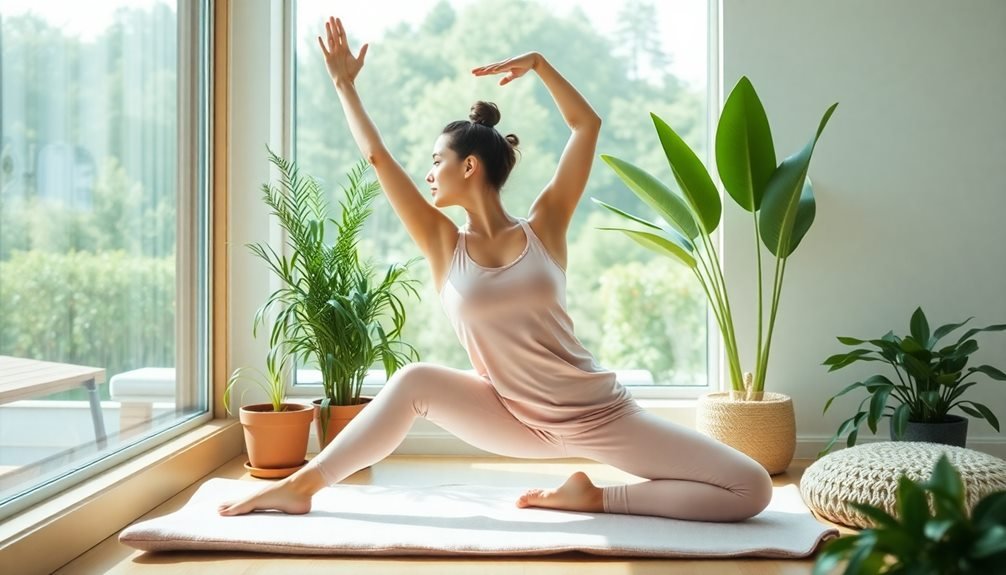
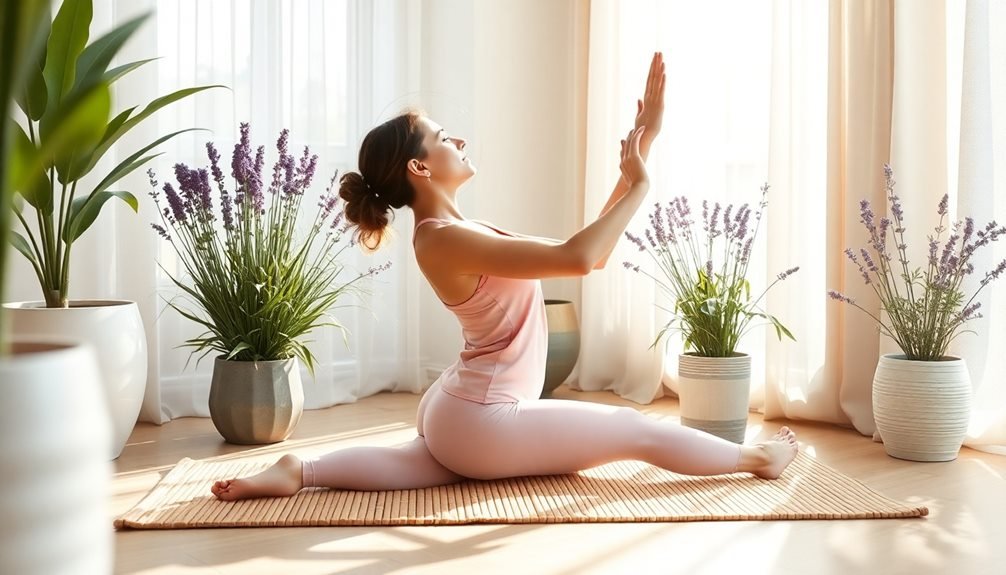
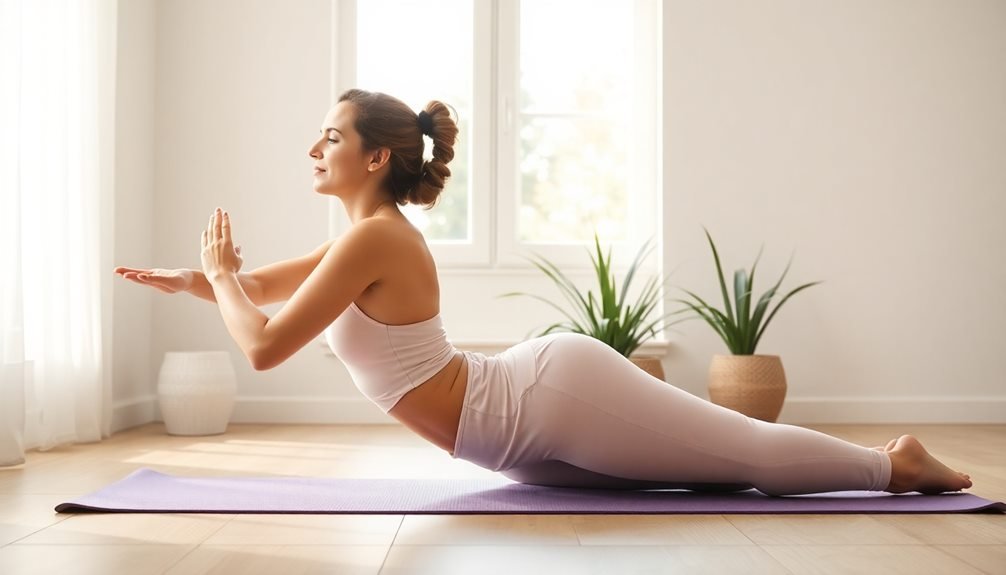
Leave a Reply